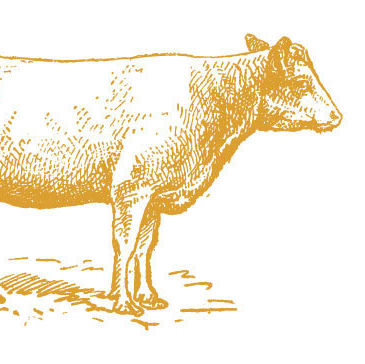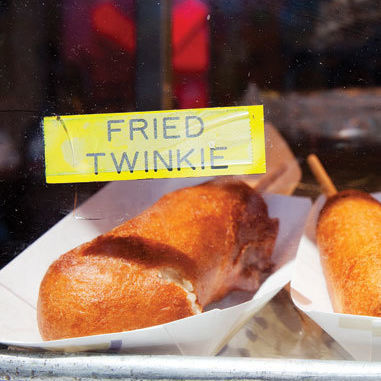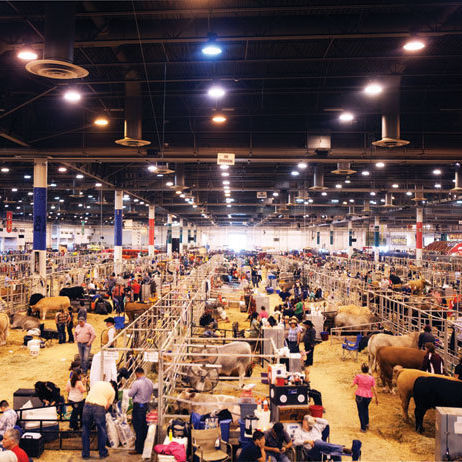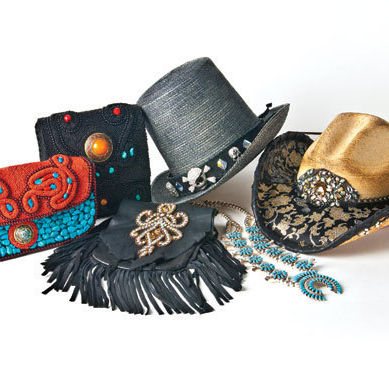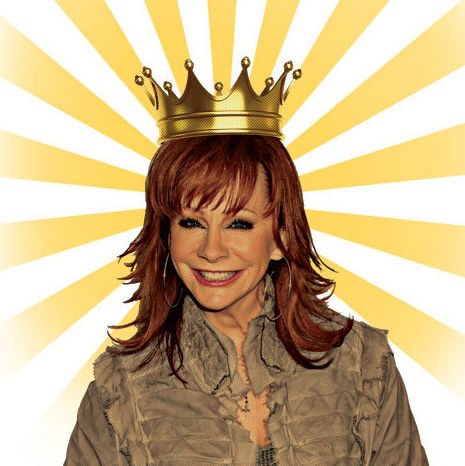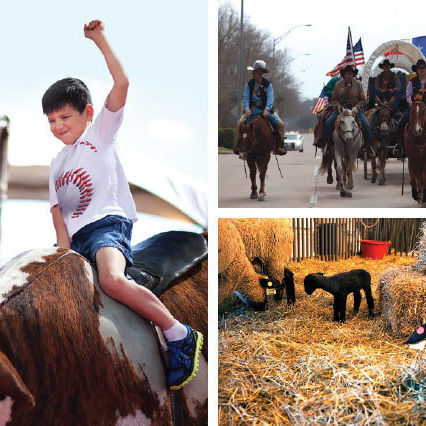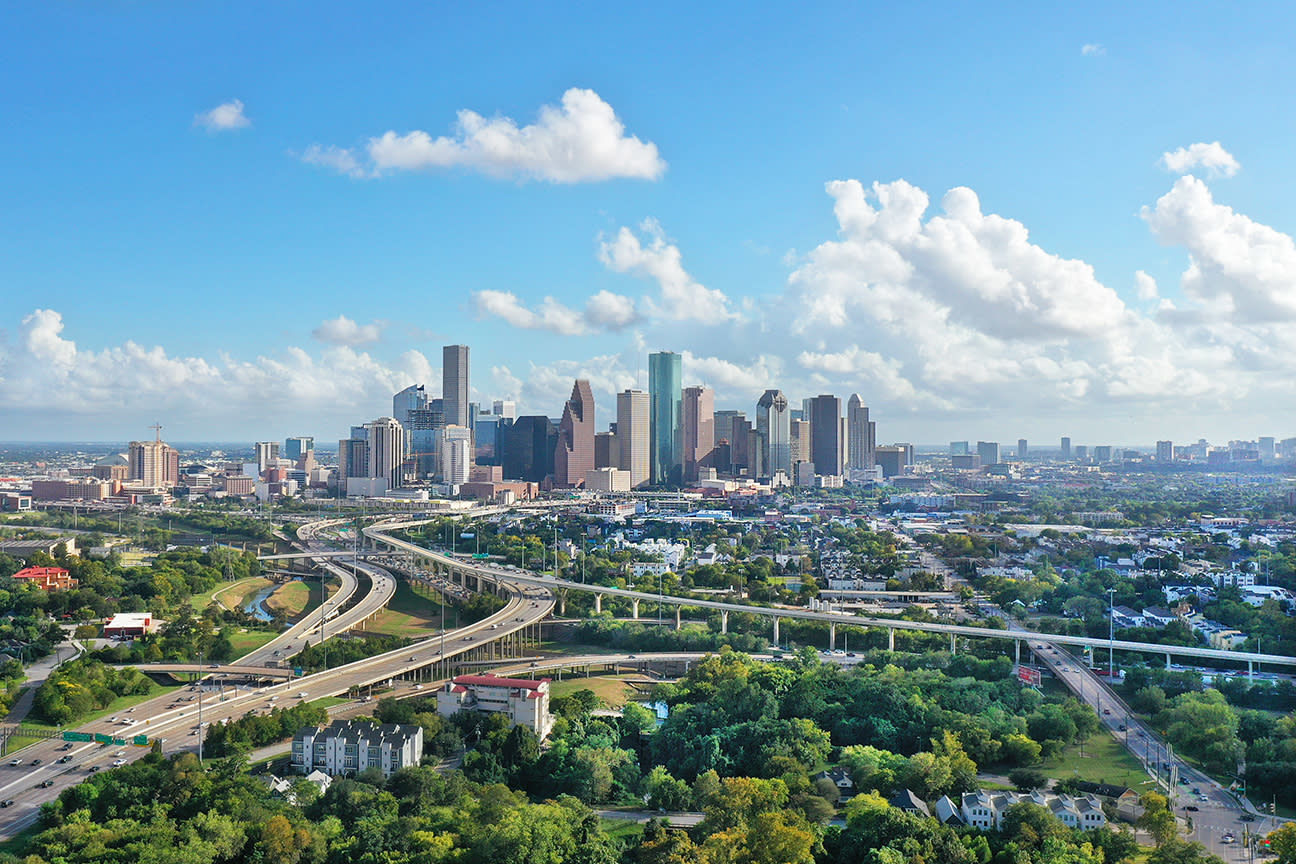When Cowboys Get Hurt
The lucky ones break an arm or a leg. The rest suffer severed spines, deep-tissue lacerations, faces torn from heads, testicles crushed, fingers popped off like icicles on the side of a barn. These are disfigurements straight from the medieval torture chamber; that and the bowels of Reliant Stadium.
Nevertheless, at the Sports Medicine Clinic, a cramped, makeshift hospital with trainer tables and stacks of gauze everywhere, the possibility of encountering a bloody stump seems to leave everyone—cowboys, doctors, and bullfighters (as rodeo clowns are now known)—curiously unfazed.
“Everybody knows it’s going to happen,” says 40-year-old bullfighter Kelly Jennings, who’s stopped by the clinic to get taped up before the rodeo. “In this business it’s a matter of when.”
For Jennings, who’s known for his ability to read angry bulls, the “when” is always on the horizon. He’s already broken multiple bones—including his legs (several times) as well as his sternum, which was trampled by an 1,800-pound bull. “He stepped right in the middle of my chest,” says the Idaho native. “I knew I’d probably broke something.”
An hour from now he plans to be on the field for the bull-riding competition, where he’ll distract the animals when riders have fallen, thereby protecting them from being crushed. His only defense will be the swiftness of his beat-up legs, which are wrapped in so much tape and gauze it’s like he’s wearing a bad mummy costume. Does he seem nervous? A little scared, maybe?
Not even slightly.
“The first time you do this, you know immediately whether you have the cojones to continue,” he says. “You’ll either continue or you’ll never want to do it again.”
And so, as the hour of the rodeo approaches, Jennings and the many riders he’s vowed to protect prepare their bodies for battle. They peel off Western shirts and Wrangler jeans tenderly, revealing toned bodies covered in purple splotches, surgical scars, and stitches.
They’re a no-nonsense group, quiet and cordial, from places like Springfield, South Dakota and Milford, Utah and Alva, Oklahoma. Thick-chested but wiry, they look like gymnasts who’ve survived a couple of car wrecks. Getting them to talk about their injuries is hard enough; getting them to complain about them is pretty much impossible.
“This group of athletes is definitely different,” says Dr. Kelly Larkin, who oversees the clinic. “They’ll ride with fractures, they’ll ride with broken bones and all kinds of strains that maybe you or I couldn’t even walk around with.”
On any given night, Larkin, by day an emergency room doctor at St. Luke’s Medical Center, directs a team of around 20—ER doctors, massage therapists, concussion specialists, athletic trainers, and radiology technicians—who prepare riders for events with stretching, massage, injections, and, of course, lots of tape. It is this all-volunteer team that springs to action when injuries occur.
“These guys are superhuman,” says Dr. Taylor Brown, who, like most who work in the clinic, is a fan of the men to whom he ministers.
{page break}
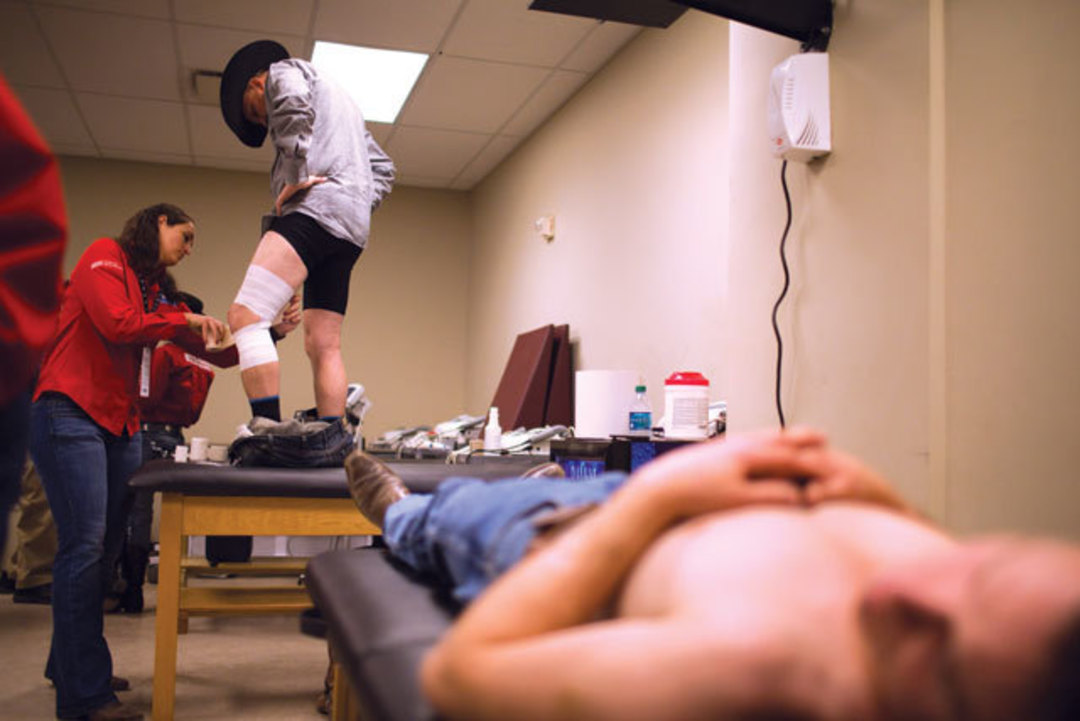
Image: Eric Kayne
Concussions are the most common injury suffered by bull riders, usually occurring when a rider’s head lashes back and forth as the animal tries to buck him off its back. Flailing arms wreak havoc on shoulders and joints, leading to sprains and dislocations. Knees and ankles are also vulnerable when a rider is thrown off an animal or a cowboy attempts to wrestle a steer to the ground.
And then there’s tension pneumothorax, the result of a hoof to the chest, an impact five to 10 times the force a quarterback absorbs from a tackle: air is forced out of the lungs and into a pocket in the chest, where it can lead to internal bleeding, cardiac arrest, and even death. This is the reason a member of Larkin’s team carries a terrifyingly long needle to the Rodeo floor during competition—in case that pocket of air needs a passage out. “That’s one of those things that we don’t see that often, but I worry about,” Larkin says. “That’s a worst-case scenario.”
Brown, an orthopedic specialist at the Bone and Joint Clinic of Houston, says the injuries he sees among Rodeo participants remind him of those suffered by racecar drivers and football players. The biggest difference, he says, is how this group of athletes react to those injuries.
“How do you explain the mindset of someone who doesn’t make a big deal about their finger being ripped off?” he says. “I don’t know, because I don’t live with that mindset. I like my fingers.”
Larkin, in her wide-brimmed cowboy hat, tells us she’s spent years treating gunshot wounds and stabbings in the ER. The biggest challenge at the Rodeo clinic is getting the stoic, notoriously pain-tolerant cowboys, who arrive in Houston bruised and battered from previous rodeos, to own up to those injuries before they ride. There are times Larkin would prefer to insist a cowboy sit out of a night’s competition, but experience has taught her that fighting the will of a man with the tenacity to hang onto a bucking bronco is a waste of time.
“This is how they make their money, and if they don’t ride, they don’t make any,” she says. “What I say—which is so different from what I say in the emergency department at my normal job—is, ‘Hey, what can I do to get you back in the saddle?’”
One of the cowboys she helps on our visit is Shawn Coleman, a 29-year-old bull rider from South Dakota who’s hoping to take home $50,000. Ten days prior, he was dragged alongside a bull at a rodeo in Florida and then stabbed in the hip with a horn. Today, he’s being treated for a nagging shoulder injury, the result of getting his arm caught on a bull’s neck as the animal whipped up its head, dislocating his shoulder in the process.
Among dozens of injuries he’s endured since he started riding sheep as a kid, this one is the worst, he says, because his shoulder keeps popping out of place, and is severely painful every time it does. Coleman says a check for $50,000 would help him to pay for surgery and some much needed rest. Not that he’s complaining. In fact, he laughs as he talks about his injuries, saying that anticipating them is part of rodeo life.
“There’s some fear that goes along with it, but you know it’s just coming,” he says of getting hurt. “It’s like when you’re racing cars, you’re going to have a wreck pretty soon.”
